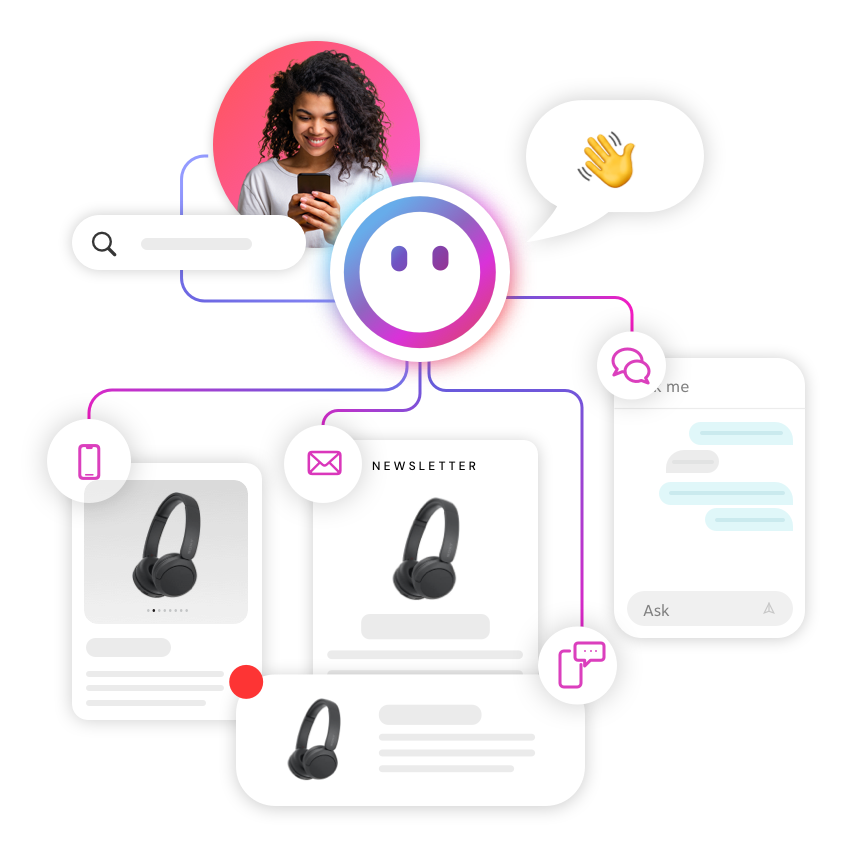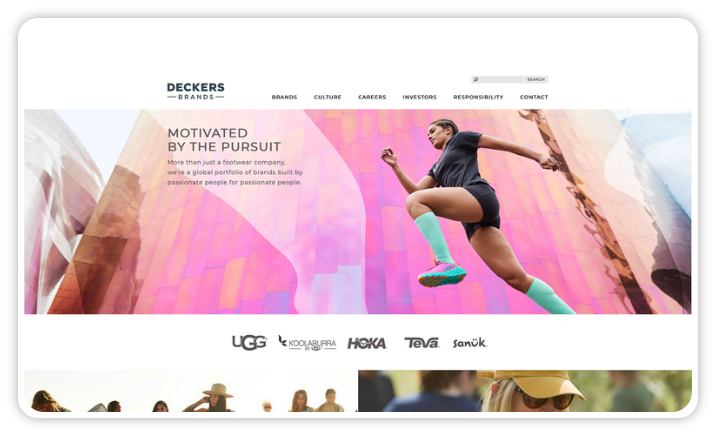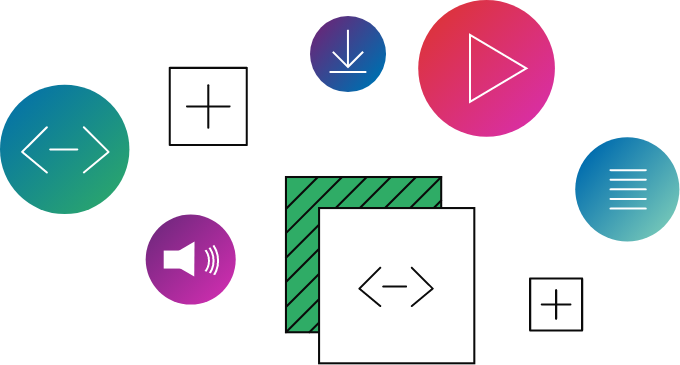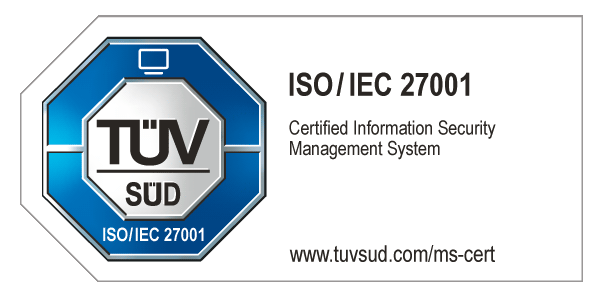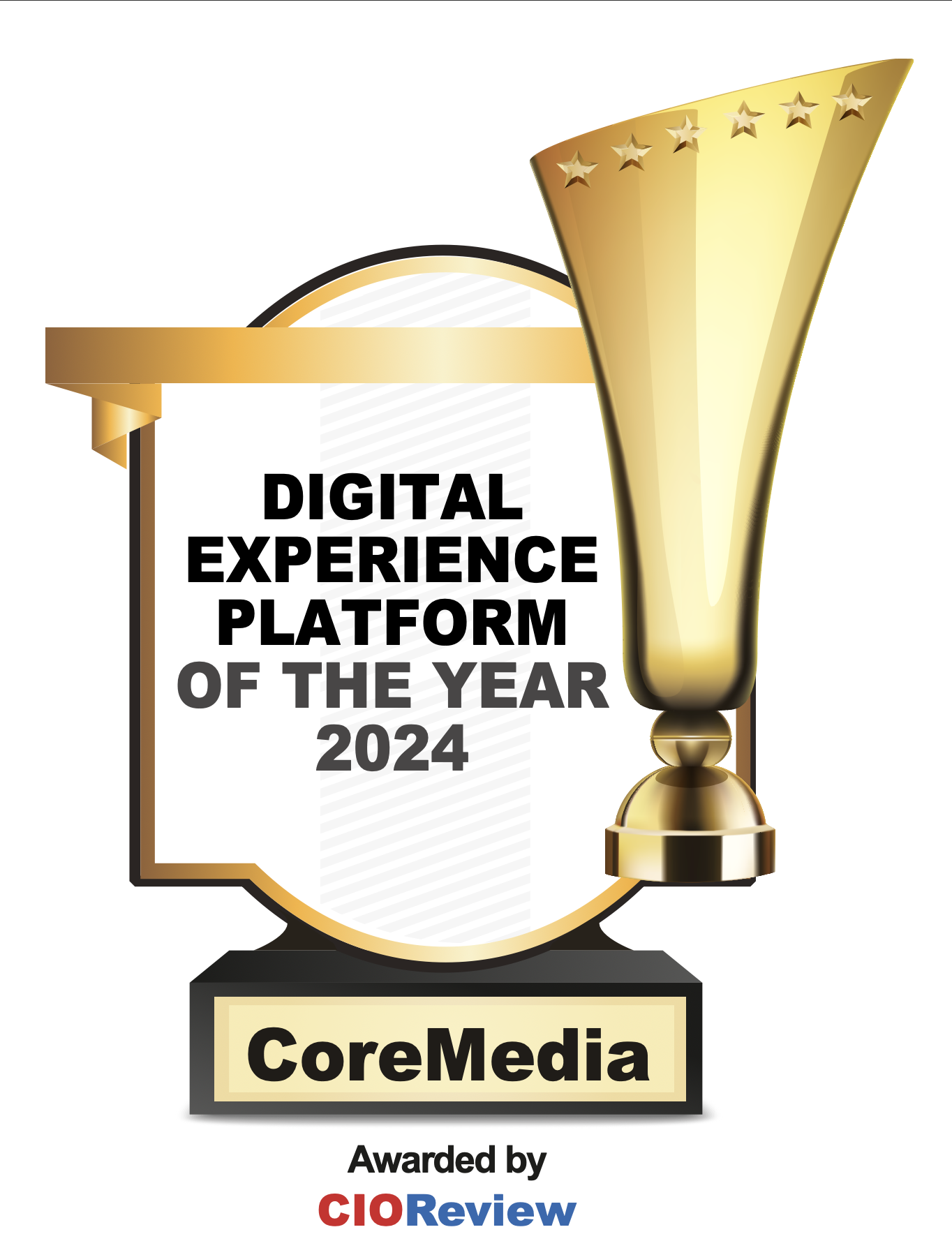Global brands and eCommerce companies today are finding themselves overwhelmed by the explosion of new channels, apps, and devices. So-called “headless” approaches to content management – sometimes referred to as Content-as-a-Service (CaaS) – are increasingly being pitched as a cure-all. But as more companies pursue this approach, its limitations are becoming apparent. Developers may be excited because it provides them with a bigger role, but marketers struggle to control the online experience and deliver unique – even iconic – brand experiences. In this post, we’ll examine the benefits and the drawbacks of a CaaS approach to CMS, and suggest ways of keeping both sides happy.
Riding the CaaS Hype Train
In the last few years, companies that do business online (in other words, just about everyone) have been hearing about a cutting-edge methodology for overcoming the growing challenge of multi-channel marketing and eCommerce. This approach goes by a number of names, but the most popular formulation these days is CaaS, which stands for “Content as a Service” or, more accurately, “Content Management as a Service”.
A lot of the hype has been coming from software vendors and service providers that specialize in this approach. But there’s also been more coming from the analyst community recently. In the last few years, we’ve seen reports on the subject from – along with a seemingly endless parade of articles in the trade press and blogosphere.
And the hype train shows no sign of slowing down. So perhaps it’s time to take a closer look at this phenomenon to see what conclusions can be drawn about how and when to deploy it.
What is CaaS?
First, let’s define some terms. One of the issues here, in fact, is sorting through all the buzzwords, including CaaS, headless, decoupled content, Content as Infrastructure, and more.
To make matters worse, this isn’t the first time the term CaaS has been used – and it hasn’t always referred to the same concept. It has previously been used as an acronym for “Containers as a Service,” “Communications as a Service,” and numerous other things. There’s also debate about whether or not CaaS implies a cloud-based infrastructure or if it’s simply referring to a services-based architecture.
But regardless of what you call it, the concept is simple: It’s about completely decoupling content from presentation. Instead of managing content in the context of its eventual presentation layer, content is stored in an “agnostic” format – typically a lightweight data-interchange format such as JSON – and delivered headlessly via an API.
Why CaaS?
So, why would you want to do this? Well, originally CaaS emerged as a solution to a resource management problem: How could companies respond to a growing variety of presentation requirements with limited time and marketing resources? The answer according to many developers was to simplify, standardize, and separate. And the results for many companies are often extremely positive.
CaaS can help reduce redundancy, accelerate time to market for new content experiences, and allow the deployment of new services incrementally and without re-platforming. It is particularly well suited for situations where you need to inject content fragments into a legacy transactional platform, like an eCommerce or customer support system, which typically lack robust content management functionality.
Developers typically love this approach. It’s conceptually simple, efficient, and can be easily scaled to any channel, including the Internet of Things (IoT). And it allows them to focus on developing new front-end frameworks. However, it is not as easy for marketers and merchandisers.
User UnFriendly?
It turns out there was actually a pretty good reason that some content management systems closely coupled content with the end-user experience in the first place. This is because as bandwidth increases and the online experience becomes more complex, marketers need even more control over the customer experience. They want accurate WYSIWYG previews and pixel-perfect presentations. And they want to use this to differentiate their online experiences from their competitors.
On the positive side, CaaS can be fast, efficient, and scalable. But it often depends on a process of simplification and abstraction that (if not deployed intelligently) can hinder a brand’s ability to engage customers and stand out.
Many marketers find this approach frustrating. Most CaaS systems lack the ability to provide live previews of the final visitor experience, particularly when these experiences combine content and data from multiple repositories. In addition, many “pure-play” vendors that only provide a headless CMS repository are pretty barebones and lack the functionality of a more robust CMS – including the ability to contextualize or personalize the content for different segments or personas.
In the last decade, marketers have gotten used to having more control over the customer experience, from custom landing pages to newsletters to social activity. The last thing that marketers have wanted to implement is a new technology that reduces their level of control and interaction with the customer.
So how can companies resolve this issue?
A False Dilemma
Fortunately, this problem is not quite as black and white as it initially appears.
Evangelists of pure CaaS act like all traditional content management systems are the same – antiquated applications that inextricably link content to presentation and are only good for publishing static Web 1.0 pages. But this argument is a straw man. Most modern content management systems – especially CoreMedia – were designed from the ground up to decouple content from presentation.
Because of our experience working with major media companies (starting in the 1990s), we have long understood that it’s essential to treat content as a set of reusable assets that can be configured on demand for any presentation environment – from mobile devices to in-store displays to the latest wearables.
In addition, CoreMedia provides a simple CaaS option for companies that want to use us exclusively as a headless repository. And, of course, this functionality can be deployed on-demand in a hosted cloud environment, a private cloud environment, or on-premises.
A Better Way
So, if “pure-play” CaaS and modern decoupled content management systems are not, in fact, on opposite ends of the customer experience spectrum, then what criteria can companies rely on to choose one approach over the other. The correct answer might be a surprise: You don’t actually have to choose one over the other.
At CoreMedia, we believe our approach is superior because we offer customers both flexibility and choice. It’s an approach that Tony Byrne of the analyst firm Real Story Group termed “head optional.”
We provide a pure headless option for situations where firms need to deliver content quickly and efficiently to many channels using a consistent, pre-fabricated, agnostic delivery model. But we also ship with a powerful UI that allows marketers and merchandisers to orchestrate content from multiple sources (including other headless repositories like IBM Content Hub), combine these content assets into engaging modular experiences, access pixel-perfect dynamic previews, and schedule them for publication on multiple platforms.
We believe this flexible “head optional” approach provides the best of both worlds for global brands. It allows for the benefits of standardization, automation, and efficiency without sacrificing the ability to create unique and iconic customer experiences.
Many companies, in fact, may choose to pursue a dual approach: giving marketers granular, pixel-perfect control over some channels (such as an online flagship store or cutting edge in-story experience) and using a pure headless delivery model for channels that don’t require as much marketing input or competitive differentiation.
We also believe this positions companies to pursue even more powerful content delivery models that Real Story Group refers to as “Experience-as-a-Service.” This refers to a system where components are assembled and rendered in a CMS but delivered through separate applications. According to Byrne, “Headless topologies are essential to enterprises that need to engage through applications and services rather than traditional websites, but it doesn’t always resolve the problem of content contributors managing experiences across diverse endpoints.[1]”
We may not be able to predict the future, but at CoreMedia we want to help global brands be prepared with the right tools for every problem.
